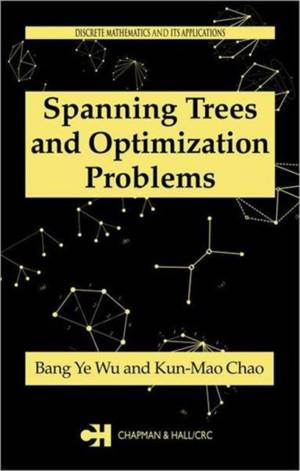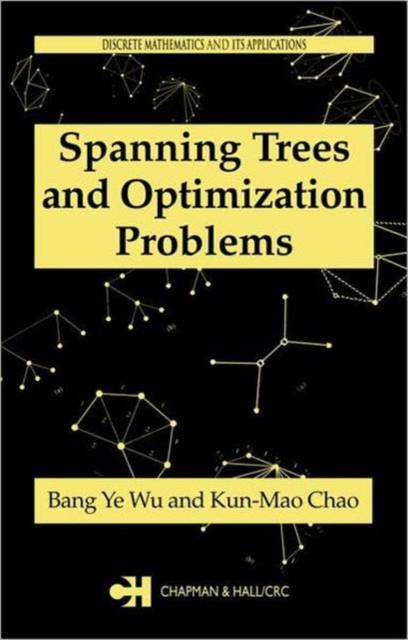
- Afhalen na 1 uur in een winkel met voorraad
- Gratis thuislevering in België vanaf € 30
- Ruim aanbod met 7 miljoen producten
- Afhalen na 1 uur in een winkel met voorraad
- Gratis thuislevering in België vanaf € 30
- Ruim aanbod met 7 miljoen producten
Zoeken
Omschrijving
The design of approximation algorithms for spanning tree problems has become an exciting and important area of theoretical computer science and also plays a significant role in emerging fields such as biological sequence alignments and evolutionary tree construction. While work in this field remains quite active, the time has come to collect under one cover spanning tree properties, classical results, and recent research developments. Spanning Trees and Optimization Problems offers the first complete treatment of spanning tree algorithms, from their role in classical computer science to their most modern applications. The authors first explain the general properties of spanning trees, then focus on three main categories: minimum spanning trees, shortest-paths trees, and minimum routing cost spanning trees. Along with the theoretical descriptions of the methods, numerous examples and applications illustrate the concepts in practice. The final chapter explores several other interesting spanning trees, including maximum leaf spanning trees, minimum diameter spanning trees, Steiner trees, and evolutionary trees. With logical organization, well chosen topics, and easy to understand pseudocode, the authors provide not only a full, rigorous treatment of theory and applications, but also an excellent handbook for spanning tree algorithms. This book will be a welcome addition to your reference shelf whether your interests lie in graph and approximation algorithms for theoretical work or you use graph techniques to solve practical problems
Specificaties
Betrokkenen
- Auteur(s):
- Uitgeverij:
Inhoud
- Aantal bladzijden:
- 200
- Taal:
- Engels
- Reeks:
- Reeksnummer:
- nr. 19
Eigenschappen
- Productcode (EAN):
- 9781584884361
- Verschijningsdatum:
- 27/01/2004
- Uitvoering:
- Hardcover
- Formaat:
- Genaaid
- Afmetingen:
- 164 mm x 242 mm
- Gewicht:
- 421 g

Alleen bij Standaard Boekhandel
+ 351 punten op je klantenkaart van Standaard Boekhandel
Beoordelingen
We publiceren alleen reviews die voldoen aan de voorwaarden voor reviews. Bekijk onze voorwaarden voor reviews.











